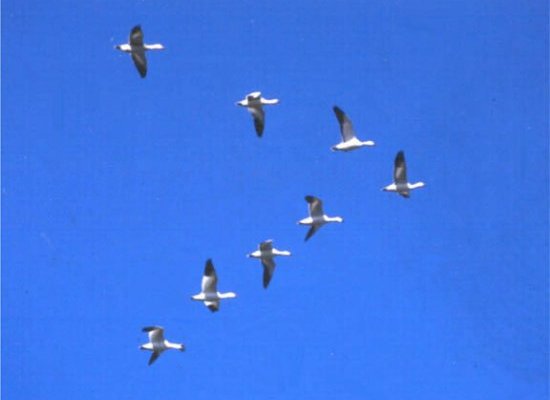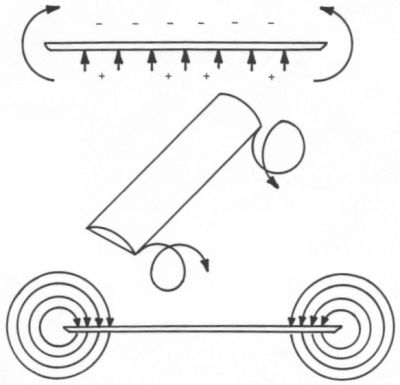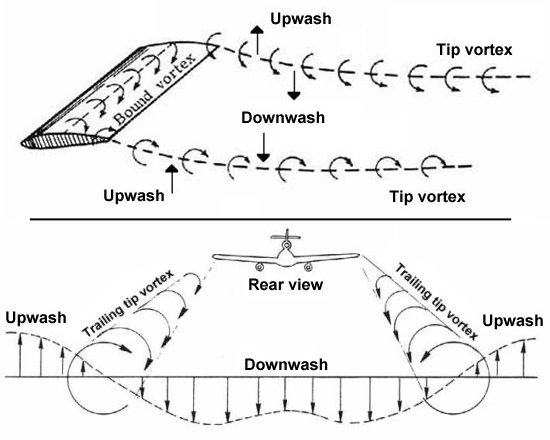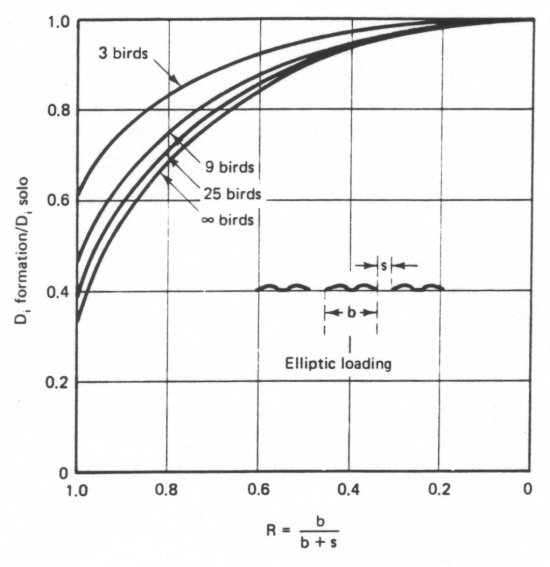It looks like you're using an Ad Blocker.
Please white-list or disable AboveTopSecret.com in your ad-blocking tool.
Thank you.
Some features of ATS will be disabled while you continue to use an ad-blocker.
share:
here's some things i filmed last night.
i'm stumped as to what these could be. any thoughts?
click on "watch high quality version" for slightly better quality.
www.youtube.com...
any suggestions as to how to improve the quality for youtube videos? that is, what resolution should i encode them in for future videos? is youtube best for these kinds of things?
i'm stumped as to what these could be. any thoughts?
click on "watch high quality version" for slightly better quality.
www.youtube.com...
any suggestions as to how to improve the quality for youtube videos? that is, what resolution should i encode them in for future videos? is youtube best for these kinds of things?
very cool
somewhat similar to the Mexican daylight UFO sightings
lucky you had a video camera!
ps. where was this?
[edit on 1-12-2008 by warrenb]
somewhat similar to the Mexican daylight UFO sightings
lucky you had a video camera!
ps. where was this?
[edit on 1-12-2008 by warrenb]
reply to post by dede95064
Looks interesting where did you catch this?
could you see it with the naked eye?
[edit on 1-12-2008 by ANTHONY33]
Looks interesting where did you catch this?
could you see it with the naked eye?
[edit on 1-12-2008 by ANTHONY33]
I wouldn't rule out migratory birds flying in formation. Wouldn't they look similar to this if filmed using an IR camera? Also note how passed
stars appear in the center of the V so to rule out it being a solid triangular object.
Wow. I try and stay away from leaving comments to videos like this because I'm no expert and I find good points made (pro and con) by others who are
more versed. But this video is super cool.
Whether or not its real its still cool. The "Fleet" or convoy or whatever is really remarkable. I'm no man-made plane expert either but when those one UFOs veer off at about 54 seconds its really cool. Is this possible with military aircraft? I'd guess yes but the turn they make is so graceful and yet they just float over. Wow.
Beautiful film.
I think answering the questions of location is a good starting point. Also what camera did you use with a round lens and night-vision? Are you in the military?
Whether or not its real its still cool. The "Fleet" or convoy or whatever is really remarkable. I'm no man-made plane expert either but when those one UFOs veer off at about 54 seconds its really cool. Is this possible with military aircraft? I'd guess yes but the turn they make is so graceful and yet they just float over. Wow.
Beautiful film.
I think answering the questions of location is a good starting point. Also what camera did you use with a round lens and night-vision? Are you in the military?
I am guessing those are birds.
www.youtube.com...
[edit on 1-12-2008 by slated]
[edit on 1-12-2008 by slated]
www.youtube.com...
[edit on 1-12-2008 by slated]
[edit on 1-12-2008 by slated]
Originally posted by dede95064
here's some things i filmed last night.
i'm stumped as to what these could be. any thoughts?
click on "watch high quality version" for slightly better quality.
www.youtube.com...
any suggestions as to how to improve the quality for youtube videos? that is, what resolution should i encode them in for future videos? is youtube best for these kinds of things?
This is an excellent video recorded with night shot showing a large number of objects
flying in formation at certain speed preserving the distance until some of them split
in other direction. You made a very good recording and the lights at night are
consistent.
The speed and the uniform flying pattern will discard the chinese lamps theory, not
at this speed definitely. Also not flock of birds, these are lights unless lighted birds
wich would be ridiculous. Not satellites of course it's obvious. Airplanes flying in
formation or military jets? Could be but where is the sound. Then what do we have
in this footage? A legitimate UFO fleet. Unless the videographer reveals this was a
CGI creation in wich dede96064 has the last word.
I'll save the skeptics time and post all the most likely causes right here!!!
1: Party Balloons released from a nearby wedding party!
2: Chinese Lantirns caught on the jet stream
3: Migrating geese from newfoundland on their track to hibernation
4: Bugs close to the lens
5: Specs of dust blowing in the wind
6: wishful thinking.
I think I covered all the bases their so we can 'shut her down'...
1: Party Balloons released from a nearby wedding party!
2: Chinese Lantirns caught on the jet stream
3: Migrating geese from newfoundland on their track to hibernation
4: Bugs close to the lens
5: Specs of dust blowing in the wind
6: wishful thinking.
I think I covered all the bases their so we can 'shut her down'...
Thanks for sharing, dede95064
Especially at the start they looks like birds in V-Formation, but their general movement makes me think about birds:
if i'm not mistaken more than one breed of birds fly by night, but i'm not expert: maybe we could also check if location and time of the video are consistent with some migratory route.
Especially at the start they looks like birds in V-Formation, but their general movement makes me think about birds:
if i'm not mistaken more than one breed of birds fly by night, but i'm not expert: maybe we could also check if location and time of the video are consistent with some migratory route.
Originally posted by internos
if i'm not mistaken more than one breed of birds fly by night, but i'm not expert: maybe we could also check if location and time of the video are consistent with some migratory route.
www.saskschools.ca...
--"migration begins in late August or early September (depending on how far north they are)"
--"flock travels by day or night"
Would night vision pick up birds from that distance?
www.bellaonline.com...
The geese are definitely built for this long distance travel. They can reach up to 60mph during their flights, and can reach an altitude of 8,000 feet. They can fly at night, and can fly for up to 16 hours in a stretch.
Does this look like 8,000 ft or less altitude? I don't know I'm asking those who can gauge it from video.
I don't think a flock can be ruled out here but... still a cool video!
Is it just me or does the "formation" seem to oddly slip around in the field of view at the very beginning of the video? That sliding around motion
kind of raises a red flag for me. It seems as though the "formation" doesnt keep in what I would consider as a consistent path of flight or position
in the sky, maybe from some kind of weird adjustment from the videographer?
It happens from :05 to :15. First its above the powerline/dish then the camera wiggles and its oddly slips to below and then back above again.
After that it seems pretty consistent and steady. What city is this filmed from? Trying to decide if the ambient light from the ground would be enough to illuminate a formation of birds using NV and if we would be able to see any "birdlike" characteristics like wing flapping or erratic birdy behavior I have seen before with daylight migrating formations.
[edit on 1-12-2008 by Lost_Mind]
It happens from :05 to :15. First its above the powerline/dish then the camera wiggles and its oddly slips to below and then back above again.
After that it seems pretty consistent and steady. What city is this filmed from? Trying to decide if the ambient light from the ground would be enough to illuminate a formation of birds using NV and if we would be able to see any "birdlike" characteristics like wing flapping or erratic birdy behavior I have seen before with daylight migrating formations.
[edit on 1-12-2008 by Lost_Mind]
Yes but notice how they are all uniform in movement, and ridigdely static with relation to one another? Birds can't do this.
Originally posted by internos
Thanks for sharing, dede95064
Especially at the start they looks like birds in V-Formation, but their general movement makes me think about birds:
Originally posted by atsbeliever
Yes but notice how they are all uniform in movement, and ridigdely static with relation to one another? Birds can't do this.
Birds are so PERFECT that they did inspire the modern aeronautic "V" formation:
Most of us have probably seen large groups of migrating birds like geese or ducks flying in formation. These large groups of birds are particularly common in late autumn and early winter when birds migrate from their summer habitat in Canada to the warmer climate of the southern United States. Such groups of birds will typically fly in a large "V" shape with one bird in the lead and others trailing behind in two lines.
Snow geese flying in formation
Scientists who have studied formation flight believe that birds fly in this way for two reasons. The first reason is that the shape of the formation reduces the drag force that each bird experiences compared to if it were flying alone. This decrease in drag occurs thanks to the formation of wingtip vortices
Creation of trailing vortices due to a difference in pressure above and below a lifting surface
These vortices are generally undesirable because they create a downwash that increases the induced drag on a wing in flight. However, this downwash is also accompanied by an upwash that can be beneficial to a second wing flying behind and slightly above the first.
Regions of upwash and downwash created by trailing vortices
A bird flying in one of these upwash regions essentially gains free lift so that it can fly at a lower angle of attack. As angle of attack is reduced, the induced drag is also lowered so that the bird does not need to flap its wings as hard or as often to generate the thrust needed for forward flight. Flapping the wings less often means that the bird's muscles do not work as hard and its heart rate drops. As a result, the bird does not tire as quickly and is able to fly farther.
Researchers explored this theory by monitoring pelican heartbeats during flight. Examination of the data showed that the heart rates of pelicans flying in formation were much lower than that of a bird flying alone. Other studies have estimated that a flock of 25 birds in formation can fly as much as 70% further than a solo bird using the same amount of energy.
Theoretical investigations further support these observations of birds in formation flight. By spacing themselves apart properly, birds can achieve optimum positions that reduce the drag of every bird in the formation. However, not all birds benefit equally. Your speculation about the lead bird being in the best position is actually incorrect. This bird has to work the hardest since it flies into undisturbed air. The upwash that this bird creates improves the aerodynamics of the two behind it, and these two further improve conditions for the next two birds in line.
Reduction in induced drag for birds in formation
The majority of the benefit goes to the birds further aft, but the front bird does still gain some reduction in drag. The presence of the two birds flanking the leader helps to dissipate the downwash off the lead bird's wingtips and reduces the induced drag this bird experiences. These two flanking birds also benefit from a similar reduction in drag if outboard birds flank them as well. In other words, the birds in the middle of each of the lines forming the V are in the best position. These birds benefit from the upwash off the lead birds as well as off the trailing birds. This additional bonus means that birds in the middle experience less drag than either the lead bird or the bird at the end of each line.
Full article - V-Formation Flight of Birds
Do you think that the birds copied by the military or visa-versa?
IMO, a flight of migrating birds.
It looked to me as though a few would drift then move to get back to the formation. The light from ground sources would be illuminating them. The speed of their movement versus the star background correct from what I have seen.
I live near an area where birds arrive during the fall and watch them quite a bit in flight both night and day. Looks just like that clip.
My vote is birds.
It looked to me as though a few would drift then move to get back to the formation. The light from ground sources would be illuminating them. The speed of their movement versus the star background correct from what I have seen.
I live near an area where birds arrive during the fall and watch them quite a bit in flight both night and day. Looks just like that clip.
My vote is birds.
Originally posted by atsbeliever
I'll save the skeptics time and post all the most likely causes right here!!!
1: Party Balloons released from a nearby wedding party!
2: Chinese Lantirns caught on the jet stream
3: Migrating geese from newfoundland on their track to hibernation
4: Bugs close to the lens
5: Specs of dust blowing in the wind
6: wishful thinking.
I'll take a #3 with extra orange sauce, please.
I think the strangest thing I've seen in the night sky was a high-flying flock of birds lit up by the sun. At least that's what I think I saw.
[edit on 1-12-2008 by IAttackPeople]
Originally posted by Lost_Mind
Is it just me or does the "formation" seem to oddly slip around in the field of view at the very beginning of the video? That sliding around motion kind of raises a red flag for me.
It's definitely not just you. I see what looks like really poor camera matching to digital composite during the "shake". Looks mighty fishy to me.
Although who can tell a whole lot from youtube.
reply to post by jritzmann
I certainly would like a tiny bit of input from th OP on it. I'll just leave it at that, I guess.
Ida thunk the OP wouldve been back to comment by now but maybe not. Some people dont live on this board like some of us do...
[edit on 1-12-2008 by Lost_Mind]
I certainly would like a tiny bit of input from th OP on it. I'll just leave it at that, I guess.
Ida thunk the OP wouldve been back to comment by now but maybe not. Some people dont live on this board like some of us do...
[edit on 1-12-2008 by Lost_Mind]
Best questions so far:
- What camera and lens were you using?
- What city were you in?
- Depending on which city this was filmed from, would the street lights create enough light pollution to reflect from the birds (likely geese) to be picked up this brightly, on the named camera?
With the answers to these questions we can probably either prove or disprove the birds theory.
- What camera and lens were you using?
- What city were you in?
- Depending on which city this was filmed from, would the street lights create enough light pollution to reflect from the birds (likely geese) to be picked up this brightly, on the named camera?
With the answers to these questions we can probably either prove or disprove the birds theory.
new topics
-
RFK is Trumps health pick
2024 Elections: 15 minutes ago -
Thanksgiving 2024
Member Art: 6 hours ago -
The art of being offended
Social Issues and Civil Unrest: 8 hours ago -
FLORIDA Sues Biden-Harris FEMA for Denying Disaster Assistance to Homeowners with TRUMP Signs.
US Political Madness: 8 hours ago
top topics
-
Turns out, they planned to go after P-nut.
US Political Madness: 12 hours ago, 21 flags -
The art of being offended
Social Issues and Civil Unrest: 8 hours ago, 18 flags -
FLORIDA Sues Biden-Harris FEMA for Denying Disaster Assistance to Homeowners with TRUMP Signs.
US Political Madness: 8 hours ago, 13 flags -
Thanksgiving 2024
Member Art: 6 hours ago, 10 flags -
RFK is Trumps health pick
2024 Elections: 15 minutes ago, 2 flags
active topics
-
President-Elect DONALD TRUMP's 2nd-Term Administration Takes Shape.
Political Ideology • 187 • : WeMustCare -
RFK is Trumps health pick
2024 Elections • 0 • : annonentity -
Mike Tyson returns 11-15-24
World Sports • 25 • : ByeByeAmericanPie -
Thanksgiving 2024
Member Art • 12 • : rickymouse -
FLORIDA Sues Biden-Harris FEMA for Denying Disaster Assistance to Homeowners with TRUMP Signs.
US Political Madness • 32 • : rickymouse -
President-elect TRUMP Picks MATT GAETZ for his ATTORNEY GENERAL - High Level PANIC Ensues.
2024 Elections • 67 • : Lumenari -
Russia Ukraine Update Thread - part 3
World War Three • 6810 • : Arbitrageur -
Sick sick sick ---graphic story
Social Issues and Civil Unrest • 43 • : Irishhaf -
The art of being offended
Social Issues and Civil Unrest • 24 • : argentus -
Encouraging News Media to be MAGA-PAF Should Be a Top Priority for Trump Admin 2025-2029.
Education and Media • 68 • : WeMustCare







